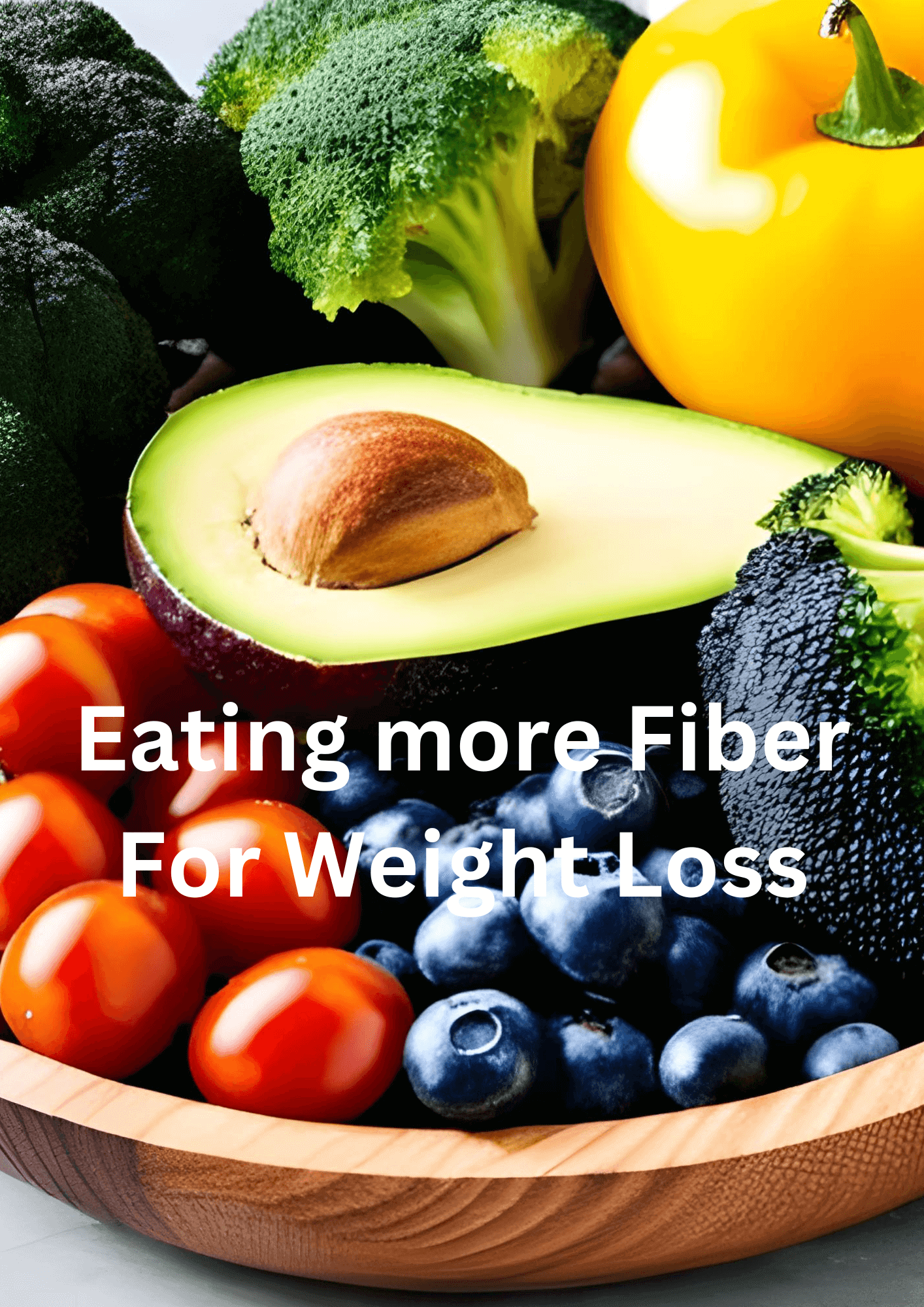
The question of white vs. brown rice is not always straightforward. Although both have similar nutritional properties, brown rice has more fiber, and is lower in the glycemic index. Generally, you’ll want to choose brown rice if you’re trying to lose weight, as it is cheaper and contains more fiber. However, you should also consider how much brown rice you eat on a daily basis.
Table of Contents
Brown rice has more fiber than white rice
In addition to the obvious health benefits, brown rice also has a lower glycemic index and a higher fiber content. These qualities make it a better choice for weight loss. Also, brown rice contains more antioxidants than white rice, so it is less likely to contribute to weight gain. The next time you’re wondering if you should switch to brown rice for weight loss, consider the pros and cons of each.
For starters, brown rice is higher in fiber than white rice. A cup of brown rice contains approximately 1.8 grams more fiber than a cup of white rice. While these two grains are not nearly as healthy in their own right, they do have different health benefits. Fiber slows the emptying of the digestive tract, making you feel fuller longer. Additionally, a cup of brown rice contains about 3.2 grams of fiber, or 11% of the daily value.
As for dietary benefits, the fiber in brown rice is crucial to a healthy diet. It helps regular bowel movements, lowers cholesterol, prevents disease, and promotes weight loss. Research has also shown that a fiber-rich diet lowers the risk of heart disease and diabetes. Experts suggest that people consume 20 to 40 grams of fiber daily. Women should aim for between 21 and 28 grams a day, while men should aim for thirty to 38 grams a day.
The good news is that brown rice is inexpensive and easy to find. A pound of brown rice costs between $2 and $4 in the U.S. Moreover, it’s easy to add a cup of brown rice to stir-fry vegetables or grilled meat or tofu. And remember that brown rice contains more fiber than white rice. It’s easy to see why brown rice is an excellent choice for weight loss.
If you’re looking for a healthy weight-loss diet, consider brown rice over white. It has more fiber than white rice and the germ and bran are intact. Plus, brown rice can be better for you as it spoils faster. And while white rice contains more calories and carbs, it does not have nearly the amount of fiber that brown rice does. Instead, the germ and bran are the main source of nutrients in brown rice. Additionally, both brown rice and white rice are rich in zinc, iron, and phosphorus.
Brown Rice has a lower glycemic index
You may have heard that white & brown rice have a lower glycemic index, but is there a difference? The glycemic index is a scale used to categorize foods by their effect on blood sugar levels. The higher the GI, the quicker the rice will raise blood sugar levels. Low GI foods are usually recommended for people looking to lose weight, control their blood sugar, or avoid fat gain. This is especially true for rice.
Rice is high in carbohydrates, and both brown and white varieties have a lower GI. Rice contains a higher amount of amylopectin and amylose, which make them better for weight loss. White rice, on the other hand, contains a lot of carbohydrates, and can cause your blood sugar levels to spike. In addition, white rice makes it difficult for your body to use insulin.
While white and brown rice are equally nutritious, brown rice may have a lower GI. The latter contains more potassium and dietary fiber, which may help you curb overeating and snacking. It may even help you with constipation or digestion problems. Unlike white rice, brown rice is higher in fiber. These nutrients may reduce the risk of heart disease and cancer.
A new study published in the American Journal of Medicine suggests that eating a diet rich in brown rice may reduce your risk of type 2 diabetes. However, researchers recommend consuming brown rice twice a week or less, as it does not increase your risk. In fact, eating brown rice is more beneficial for diabetics than eating white rice. So, if you’re looking for a healthy weight loss diet, consider replacing white rice with brown rice.
Both types of rice are healthy, but you may want to choose the latter over white. White rice is more refined and lacks the bran and germ of brown rice, which increase your risk of heart disease. Brown rice is higher in fiber, which helps regulate blood sugar levels. For those trying to lose weight, brown rice is the healthier choice. Its higher fiber content helps you feel full longer, and it’s easy to cook.
It is cheaper
You’ve probably heard that brown rice is better for your health than white rice, but is this true? While the two types of rice contain the same number of calories and protein, they aren’t necessarily significantly different in terms of their nutritional value. Instead, you’re probably better off opting for the cheaper variety. Besides, the differences between white and brown rice are so minor that you probably won’t notice a difference in your diet.
Although white rice has a healthier reputation, it is often looked at with disdain due to its starchy composition and its white color. While this is partially true, there are also many studies that prove that brown rice can be a part of a healthy diet. It’s easy to believe that white rice is a healthier choice based on the health benefits of refined grains, but the fact remains that it’s actually a more affordable option when it comes to weight loss.
Besides being more affordable, whole foods are generally more nutritious and low in cost. A one-pound bag of brown rice costs about $2-4 in the U.S. and can be used in stir-fry dishes, salads, grilled meats, and even tofu. If you can get a little creative, you can use the leftover rice to make delicious, healthy dishes. A good way to save money is by buying bulk amounts of whole foods. Eating healthy isn’t expensive when it comes to whole, natural, and refined foods.
It’s important to know that brown rice is healthier than white rice. This is because the latter is refined, removing the bran and much of the germ from the grain. This means it has less fiber, and white rice has a shorter shelf life. Compared to brown rice, it’s also richer in antioxidants. These antioxidants may protect the body from certain diseases. Some studies have shown that whole grain brown rice can prevent cancer. It’s also good for people with diabetes, because it contains more magnesium and fiber, which helps the body maintain healthy insulin levels.
Brown Rice has more fiber
Both white and brown rice have numerous benefits. While brown is considered to have more fiber, white has fewer calories. In addition, both types of rice are considered whole grains, which means more fiber for weight loss. According to the dietary guidelines for the years 2020 to 2025, Americans should consume six ounces of grain per day. These grains should be at least half whole grains. While refined grains can be an option for weight loss, these grains are not ideal for everyone’s diet.
In addition to containing less calories, both types of rice have more fiber. One cup of brown rice contains about 3.5 grams of fiber, about 14 percent of the daily recommended amount, while white rice only has 0.6 grams. Fiber is important for weight loss because it slows down the process of emptying the stomach and keeps you feeling full for longer. Moreover, fiber helps to maintain a good balance of the bacteria in the gut.
Although both types of rice have more fiber, it is still not as high as fruits and vegetables. Eating a diet rich in fiber may decrease your risk of diabetes and heart disease. According to the American Heart Association, a diet rich in fiber can lower the risk of heart disease, stroke, and kidney failure. However, eating a diet high in fiber is important to lose weight, so eating plenty of healthy food will keep you healthy.
In general, brown rice has more fiber, which is beneficial for weight loss. It is also lower in calories than white rice. Hence, eating it regularly is an excellent way to lose weight. However, brown rice has more antioxidants and nutrients than white rice. If you have diabetes, it is beneficial to consume brown rice since it helps in the regulation of insulin levels in the body. But, if you’re looking for an alternative, brown rice is the healthier choice for you.
The difference in fiber content between white and brown rice is significant. But don’t get too excited about the health benefits of brown rice! There are some drawbacks as well, though. Phytic acid is found in brown rice, which blocks absorption of nutrients and may even increase your risk of disease. Hence, eating too much brown rice may lead to a deficiency of essential vitamins.



